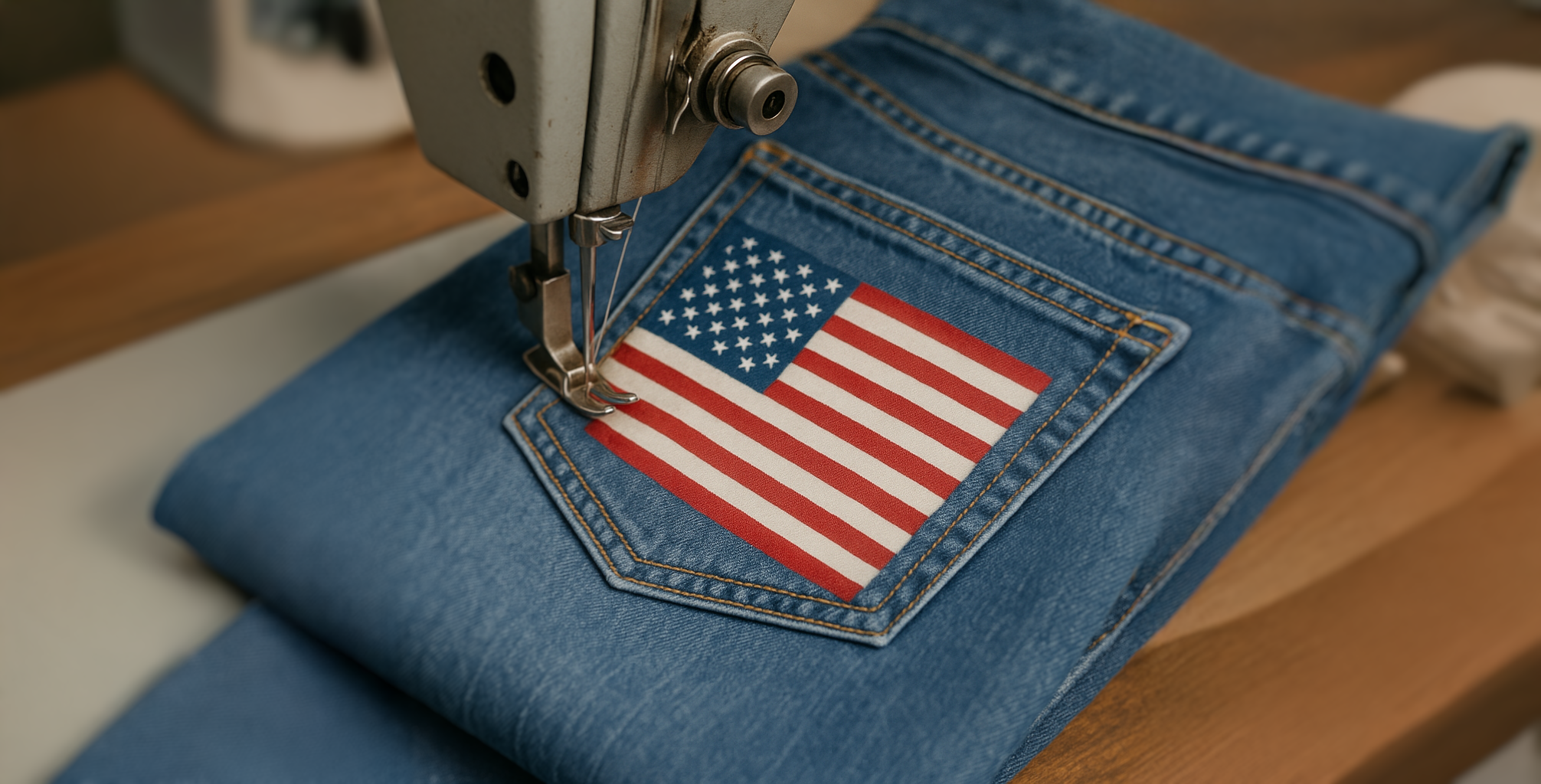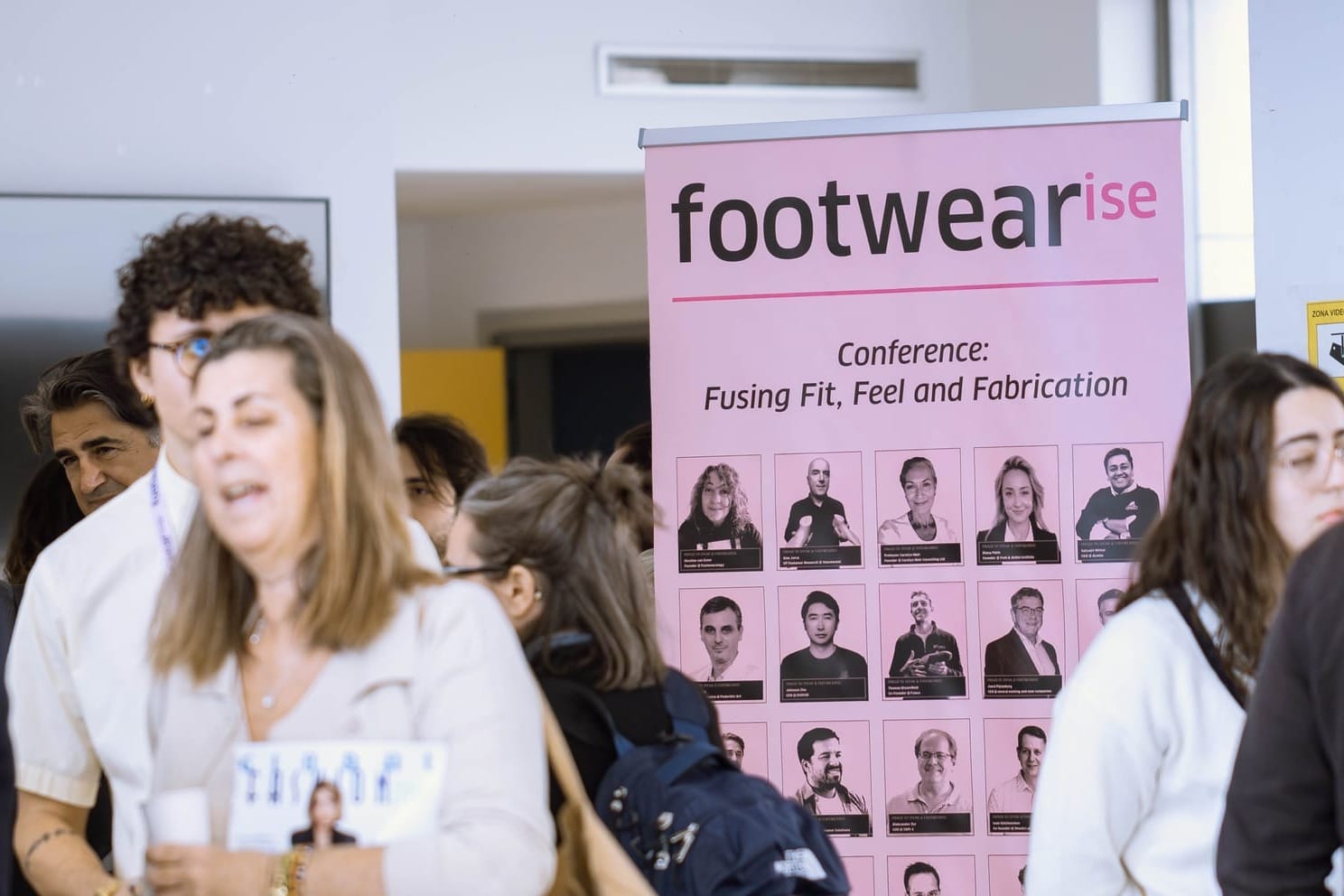From pandemic shock to tariff whiplash, the last few years blew up the idea that a single, distant supply base is the safest bet. But “nearshoring” isn’t just a hedge; it’s fast becoming a different playbook entirely. What’s emerging across footwear, apparel, and adjacent industries is a model that blends local craft with advanced automation, compresses calendar time, and reconnects products to the communities that buy and repair them. Think fewer containers, more feedback loops; fewer forecasts, more actual demand; fewer handoffs, more accountability.
Below, the sharpest ideas from our panel of founders, makers, technologists, and a supply-chain journalist - capturing where domestic manufacturing is already working, where it’s stuck, and what it will take to scale.
🎥 Watch the full conversation below, and/or scroll for the highlights and takeaways.
Key Takeaways
1. Speed, proximity, and control are the new edge
Nearshoring puts teams next to both the product and the customer, shrinking feedback loops and reducing exposure to port delays or holiday shutdowns. That proximity makes quality control an everyday practice rather than a problem discovered weeks later, and it allows brands to iterate faster, not just ship faster.
Being able to work domestically means you’re closer to the product, and closer to the customer.
Carren Morris (President, Footwear Innovation Lab)
Why it Matters: When learning cycles compress, waste drops and better decisions compound.
2. Tariff uncertainty freezes roadmaps even for onshoring
Trade rules now touch every layer of the supply chain - from raw materials to machinery to the cost of 3D printers - making it almost impossible for brands to plan with confidence. When the playing field could shift again next quarter, long-term roadmaps stall and companies hedge their bets instead of scaling.
We haven’t really landed yet. Everything is still in flux, and no brand can plan for 2026 or beyond because we don’t know where it’s going to end up.
Peter Abraham (Sports Marketing Leader)
Why it Matters: Stable policy is growth infrastructure; clarity unlocks capex, hiring, and local capacity.
3. You can’t just copy-paste Asia. You can leapfrog instead.
Domestic success won’t come from recreating low-cost, labour-heavy lines. It comes from re-architecting with 3D printing/knitting/bonding and robotics, plus digital design that targets speed, flexibility, and fit. Compete on different axes, not hourly rates.
We need 3D printing, 3D knitting, 3D bonding…combine those and we can compete...even on price.
Alexander Zar (CEO, Lalaland Production and Design)
Most good ideas come from Star Trek...and the replicator is coming.
Steven Burstyn (CTO, Presq Studio)
Why it Matters: Leapfrogging changes the cost structure and value proposition at the same time.
4. Factory modernization needs brand commitment (and policy)
Suppliers won’t invest millions on a handshake. They need multi-season demand, shared risk, or public incentives to upgrade machines, software, and skills. Without that, “nearshoring” stays a pilot forever.
If we take the risk to invest, we need brands to commit that they’ll be there with us.
Alexander Zar (CEO, Lalaland Production and Design)
Why it Matters: De-risking demand is the on-switch for domestic capacity.
5. Personalization works when it’s guided, not infinite
Shoppers love “mine,” but open-ended configurators drive returns because most people aren’t designers. For brands, those returns aren’t just costly, but also erode consumer trust in the promise of customization. The smarter play is data-driven choices around fit, comfort, and performance that make personalization meaningful without creating chaos.
People still like the idea of personalization…but it needs to blend preferences with smart defaults.
Kate Nishimura, Journalist, Sourcing Journal
Why it Matters: Curated choices protect margins while delivering real, felt benefits.
6. “Made in community” means micro-factories, not mega-plants
Proximity is cultural as well as geographic, and in many cases community resonance matters more than a “Made in USA” label. That’s why the future of nearshoring may look less like one massive mega-factory and more like a network of small, distributed hubs - modern “cottage industries” in places like LA or New York. These micro-factories not only cut transport miles but also serve local identity, giving creators and niche brands a way to tie story and service directly to the products they sell.
As one audience member put it…
I value products made in community…it creates a connection to the story behind them.
Zara was fast to market because the seamstresses, textiles, and stores were all down the street. That’s the kind of local system we need to rebuild.
Carren Morris (President, Footwear Innovation Lab)
Why it Matters: Sustainability and storytelling converge when production is scaled down and rooted locally, not just shifted closer on a map.
7. Circularity gets real when production is local
Repair, refurbishment, spares, and take-back programmes all become exponentially easier when production is closer to the end user. Luxury brands have modeled this for decades, building loyalty through repair services that extend the life of their products. For nearshoring to unlock the same potential, brands need to back up the promise of circularity with real infrastructure and service, not just marketing slogans.
As one audience member put it…
If you can show me evidence it’s better - whether in quality, sustainability, or service - I’ll pay the premium.
Why it Matters: Local loops turn sustainability into a service experience (fix, upgrade, extend), not a claim.
8. Earning the premium, choosing the right products
Most consumers can’t (and won’t) justify paying a premium for everyday basics like T-shirts, especially in an economy where disposable income is tight. But they will stretch for products that clearly deliver more, whether that’s superior comfort, longer life, higher performance, or a brand identity they feel connected to. The real opportunity for US manufacturing is focusing where the value difference is obvious and measurable, and being realistic about which products can (and should) be made domestically, given structural, legal, and funding hurdles.
There’s a million ways to answer ‘will you pay more?’, but it all depends on the product and what it solves.
Sean Scott (CEO, COMUNITYmade)
Made in the USA doesn’t mean everything will be made here. It means choosing the unique products with a clear advantage - and clearing the hoops of structure, legal, and funding to make it happen.
Ian Batch (Co-Founder & Head of Product, Something Added)
Why it Matters: Focus your nearshore bets where willingness to pay actually exists.
9. Patience is part of the plan
Building new supply chains isn’t something that can be switched on overnight. Materials, machines, software, skills, and standards all have to scale in sync, and that takes years, not months. Even companies that have been prototyping for half a decade are still one or two years away from commercialization. The payoff, though, is a durable long-term advantage for those patient enough to invest steadily.
We’ve been building prototypes for five years and we’re still a year or two from market.
Peter Abraham (Sports Marketing Leader)
Why it Matters: Roadmaps beat hype and capacity compounds when you invest consistently.
10. Export the cachet, not just the goods
“Made in USA” doesn’t just resonate domestically; it carries a premium abroad in the right niches, much like “Made in Italy” or “Made in Japan” does for American consumers. Heritage leather, technical performance, or craft-driven goods all travel well when backed by evidence of quality. For US factories, the export opportunity may be just as significant as serving local buyers - not only a defensive play, but a growth strategy.
Every country has its cachet…70% of some US-made product is exported.
Alexander Zar (CEO, Lalaland Production and Design)
Why it Matters: Domestic capability isn’t only for domestic buyers; brand equity can scale globally even as factories localize.
What Comes Next
Domestic manufacturing is no longer a nostalgic talking point, rather a living experiment. The edge won’t come from repeating the past but from building what comes next: faster loops, smarter factories, tighter communities, and clearer commitments. The question is no longer if it can work, but how quickly brands are willing to move from pilot to scale.
Food for thought: What would it take to make ‘local’ more than a pilot inside your company?






